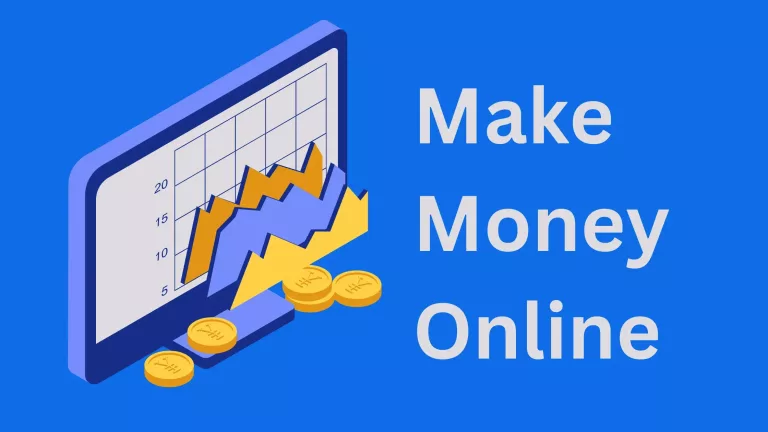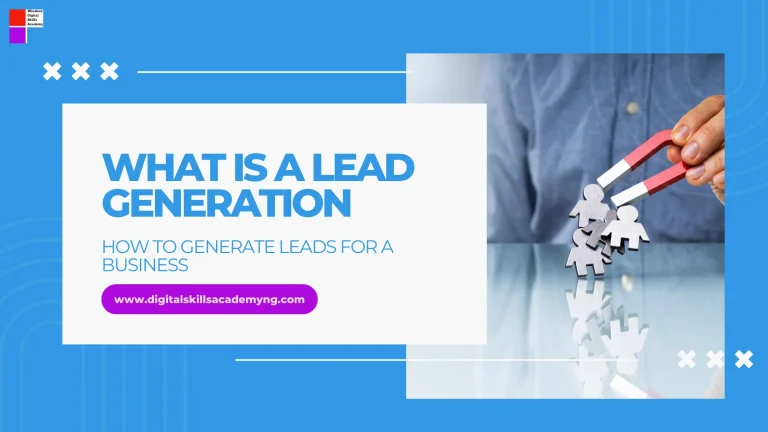We’ve all faced them – the angry customer, the chronic complainer, the non-patient customer, the do-it-my-way customer, etc. and how to manage difficult customers is a whole skill on its own. You know the type of difficult customers that you witness most at times, before reading down let’s discuss in your mind, how did or do you manage them?
Dealing with difficult customers can test the patience of even the most well versed employee or employer and leave you wondering if business credibility went out the window with their raised voice. (Sometimes you just scream) But do not be alarmed about the past and focus on how to make future coincidence better. Learning how to manage difficult customers can help your business reputation and growth.
Why Difficult Customers Matter:
Let’s face it, negativity travels fast. One dissatisfied customer leaving an extremely critical online review can send chills down to the bone marrow. But here’s the flip side: a calm and effective resolution to a difficult situation can turn a potential catastrophe into a good example of your commitment to customer satisfaction. It’s a public display of professionalism and care. Addressing the issue timely, resolves a lot and such scenario makes you conscious of what needs to be adjusted or worked on in your business.
Difficult customers are not bad, I mean, we can’t all be the same you know!
How to Manage Difficult Customers Toolkit
Table of Contents
Now, let’s dive in to tips in managing a difficult customer. How do we actually transform these into loyal, satisfied customers? Here are some essential tools for your customer service arsenal:
Stay Calm:
Remember, emotions are contagious. If you respond to anger with anger, the situation will only escalate. Breathe deeply, maintain a calm and neutral tone, and project an aura of control. This creates a safe space for dilute whatever is being thrown at you and allows you to focus on understanding the root of the issue.
Staying calm is the first step on how to manage difficult customer and people at large because it makes you focused and in a reflection mode either understanding the cause of the problem or what’s agitating the person. You know, your product or service might not even be the issue, but maybe because you are the one at that particular time (this scene can be chaotic if a vendor finds out he/she is not at fault). I can’t say further, just stay calm while the customer rants to ease their worries.
Attentive Listening:
Active listening is your superpower in managing a difficult customer. Let the customer vent and rant, ask clarifying questions, and summarize their concerns. Acknowledge their feelings (“I understand you’re frustrated…”) and show genuine interest in their situation. This establishes trust and demonstrates that you’re there to help, not to dismiss.
The customer will end up apologizing if they see they are wrong for reacting so bad and you stayed calm whilst listening. It’s such a powerful skill in how to manage difficult customer. Just listen
The Empathy Switch:
You know I talked about that your brand might not be the problem initially. So, put yourself in their shoes. What’s causing their frustration? Is it a genuine problem with your product or service? Are they dealing with external pressures that are spilling over into your interaction? Empathy makes you defenseless on your side and opens the door to collaborative problem-solving.
Provide Solution Not Excuses:
Focus on finding a solution, not on pointing fingers. Identify the problem and provide solution, offer options, present alternatives, and work with the customer to find a resolution that meets their needs, within your business or company policies. Be transparent about what is and isn’t possible, and avoid making unrealistic promises too. Because that’s another difficult task to fulfill as a brand, do not promise and fail. It will be bad for the business credibility.
The Power of “Yes, and Quick reply”:
Don’t just say “no.” Acknowledge their concerns and then build upon them. Phrase your responses as “Yes, I understand your frustration, and here’s what we can do to address it…” This shows you’re not dismissing their valid points, but are actively working towards a solution.
Do not waste time in replying the worried customer as that will increase the situation, not just replying immediately but accurately to the customer complain and solution needed. This builds a good customer relationship and retention.
Document and Follow Up:
Take detailed notes of the interaction, including the customer’s concerns, proposed solutions, and agreed-upon next steps. Follow up with them after the situation is resolved to ensure their satisfaction and demonstrate your commitment to long-term care. Also, define service level agreement (SLA) check its meaning here
Bonus Tip: Train Your Team on how to manage difficult customers:
If you are an employer, remember you’re not alone in this journey and therefore need to train your employees. Equip your customer service team with the same techniques, and foster a culture of empathy and problem-solving. Regular training and role-playing exercises can significantly boost their confidence and ability to handle difficult situations.
The Credibility Stimulus:
So, the next time a difficult customer crosses your path in business, remember this: it’s not a threat, it’s an opportunity. By handling the situation with professionalism, empathy, and a focus on solutions, you not only disarm the immediate issue, but also send a powerful message about your business. You showcase your commitment to customer satisfaction, build trust and loyalty, and ultimately, strengthen your business credibility.
And in the end, isn’t that what we’re all striving for? A reputation built on not just great products or services, but on exceptional customer experiences, even in the face of adversity.
So, go on and practice, brave business owner. Remember, with the right tools and mindset, even the most difficult customers can become catalysts (fuel) for your business’s bright success.
Also, check out how to attract new customers to your online business.




